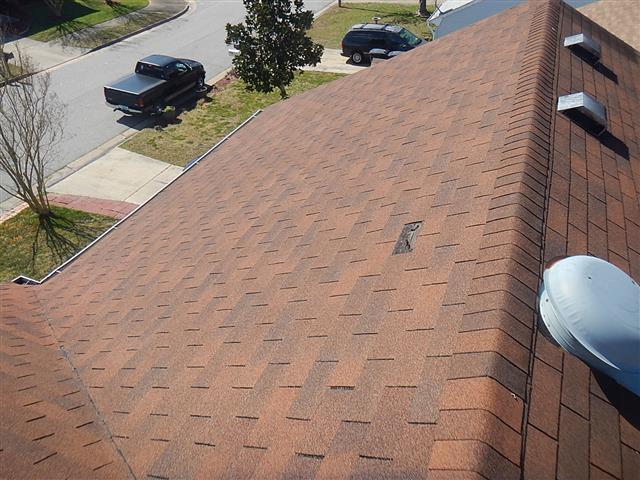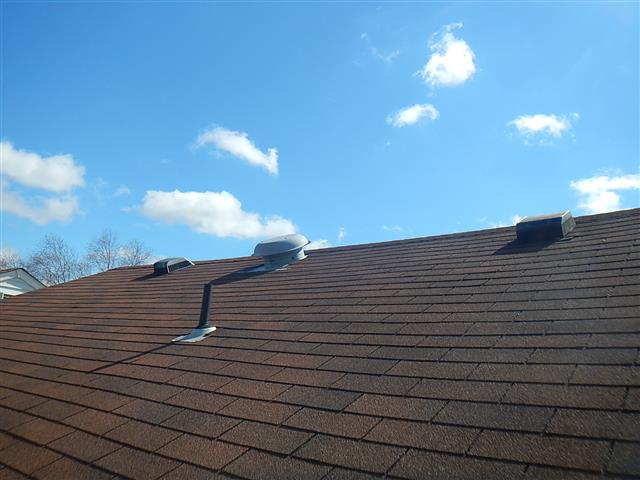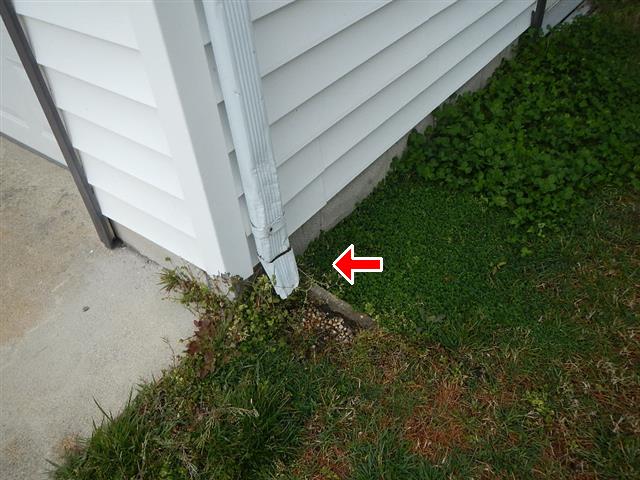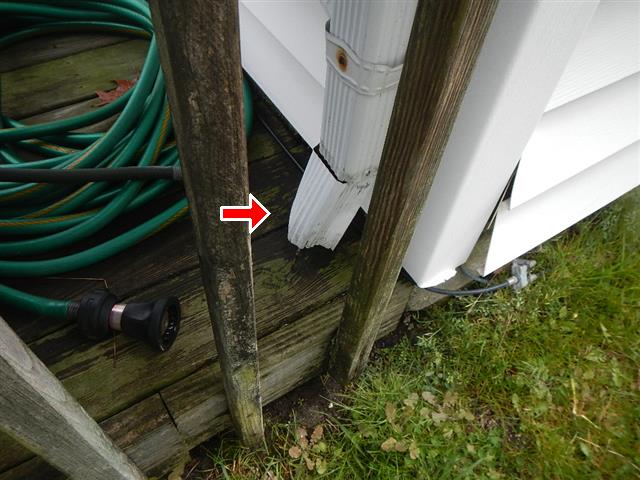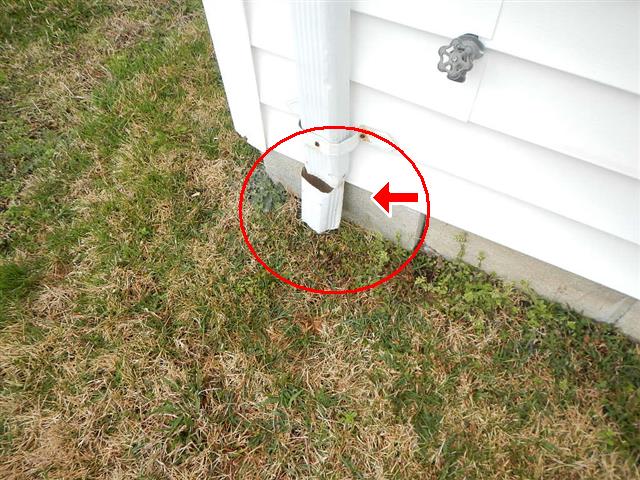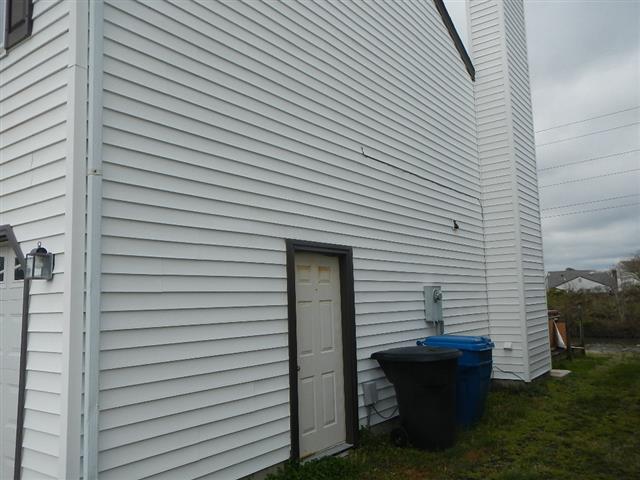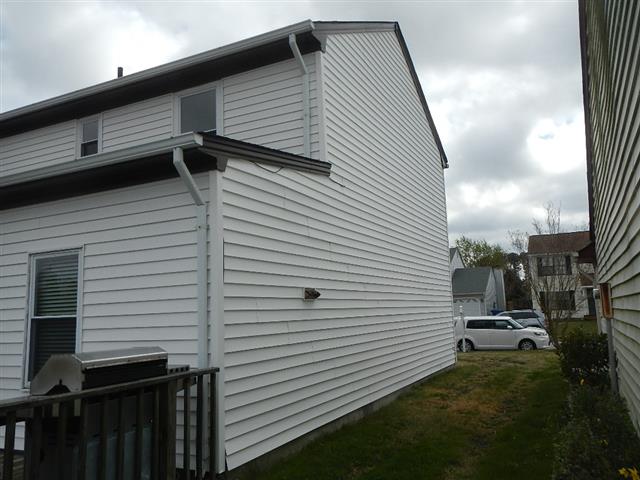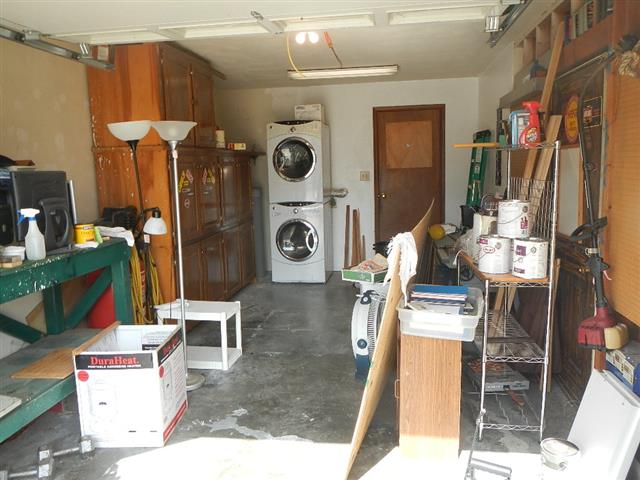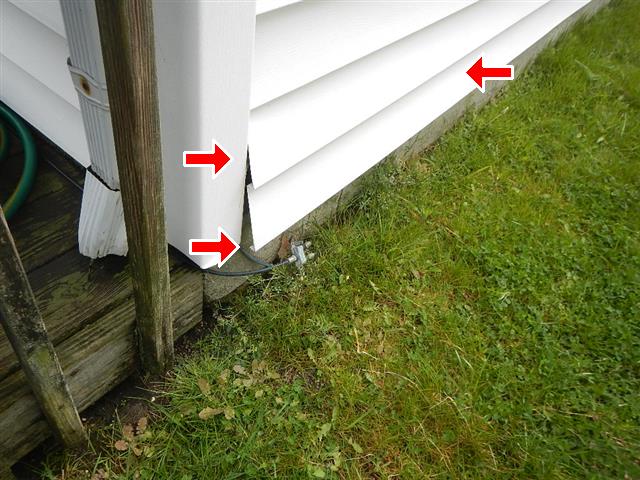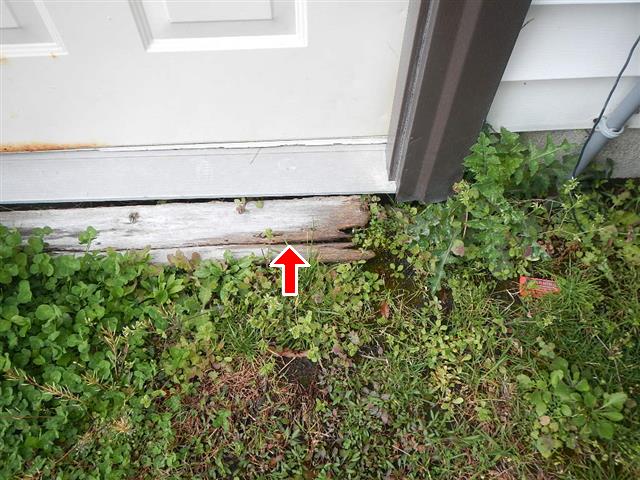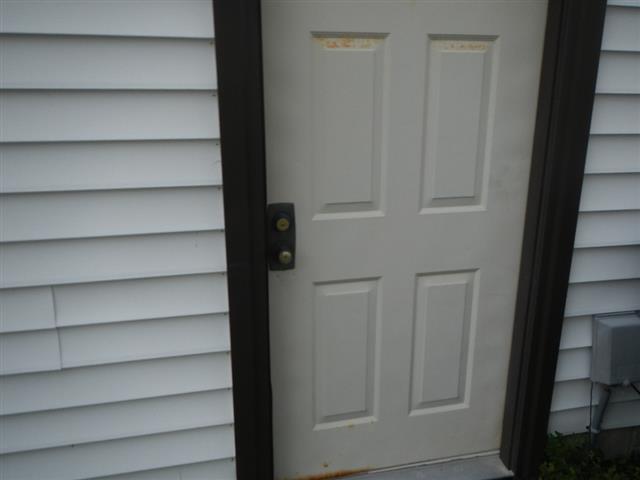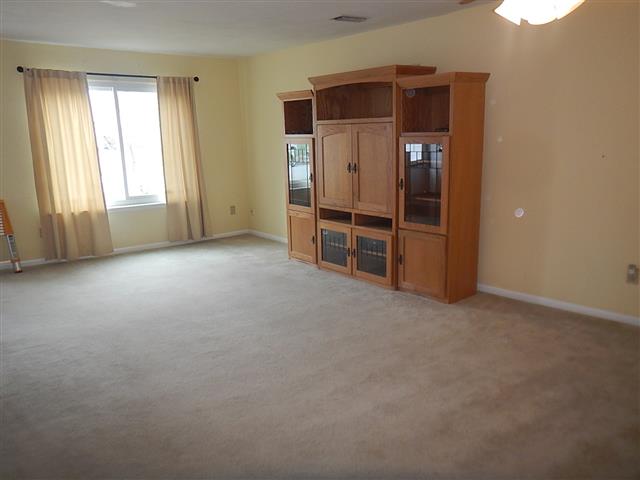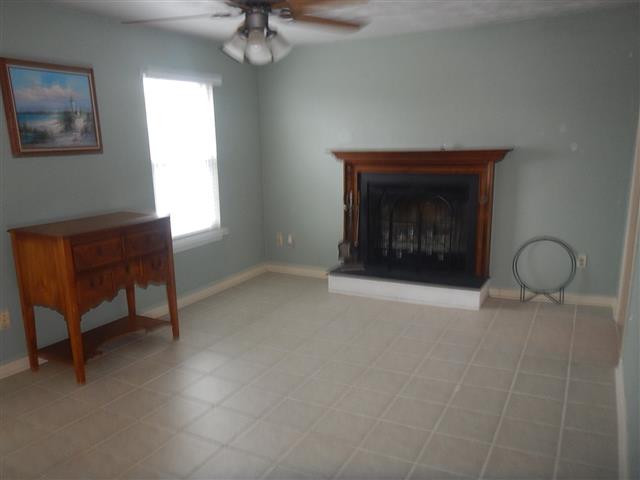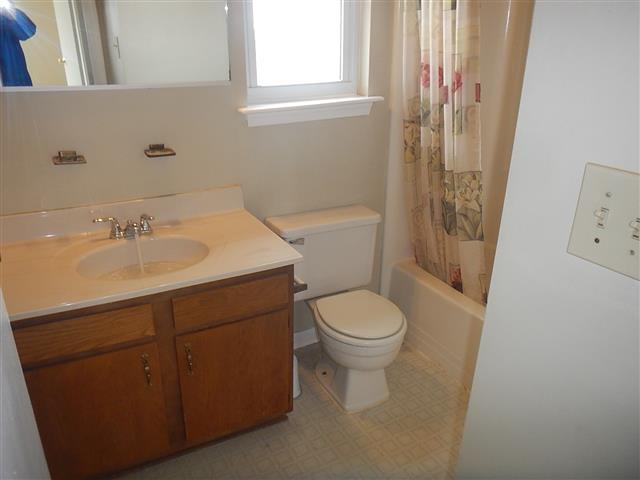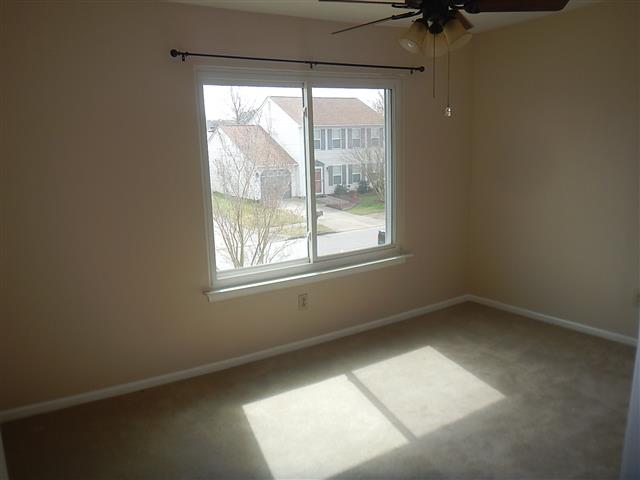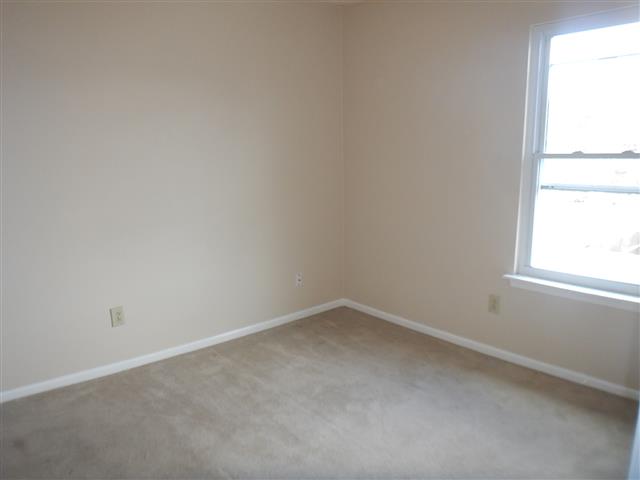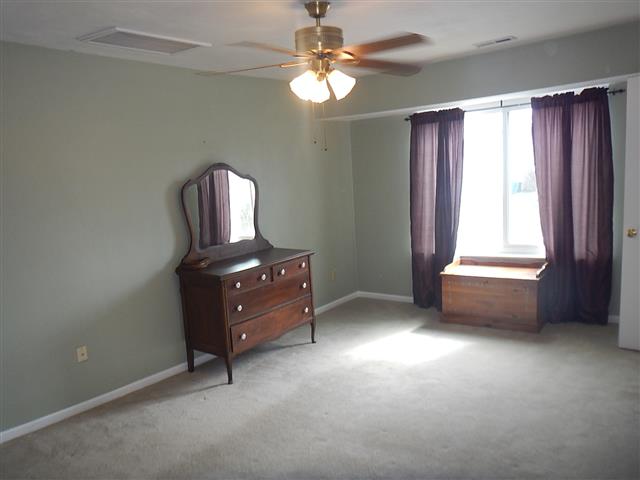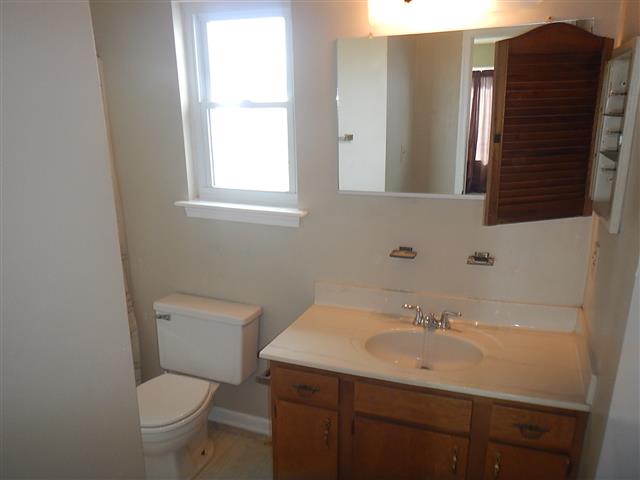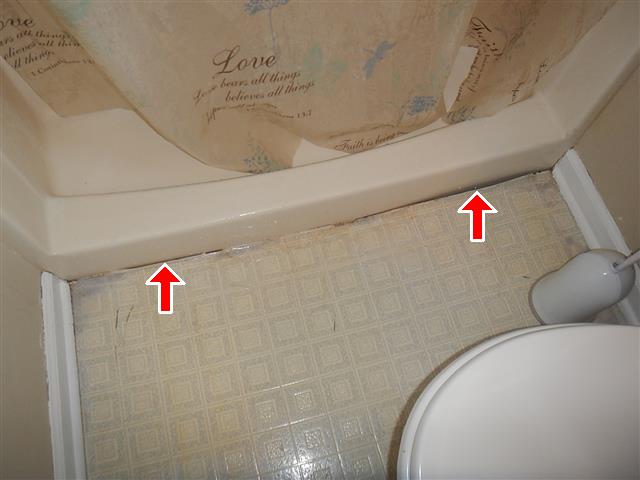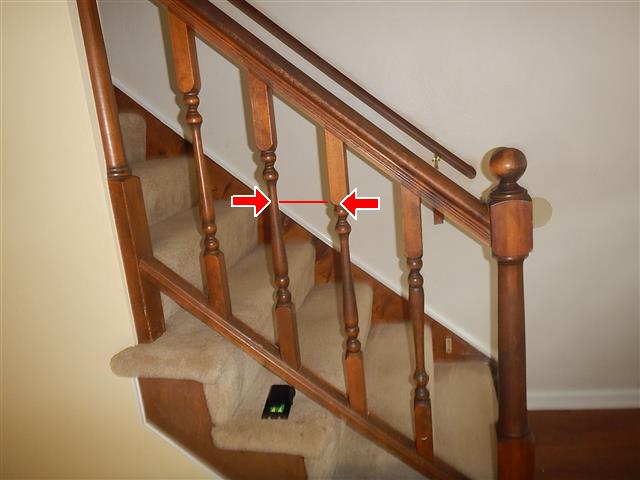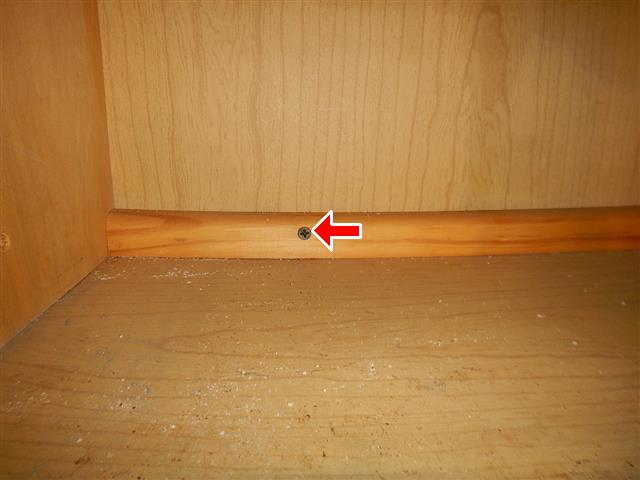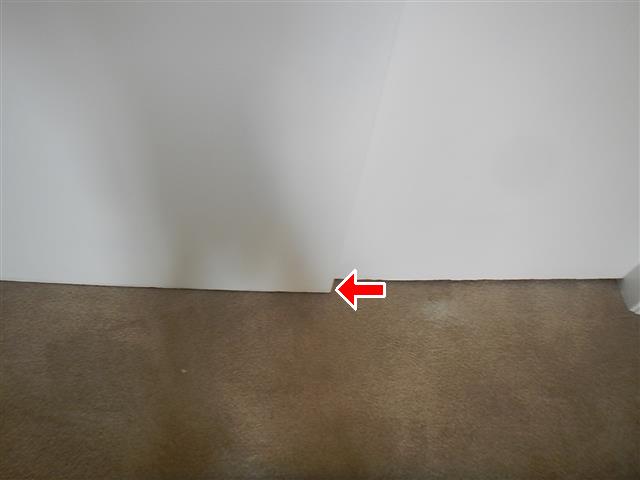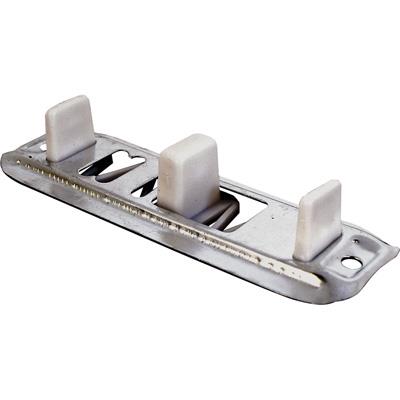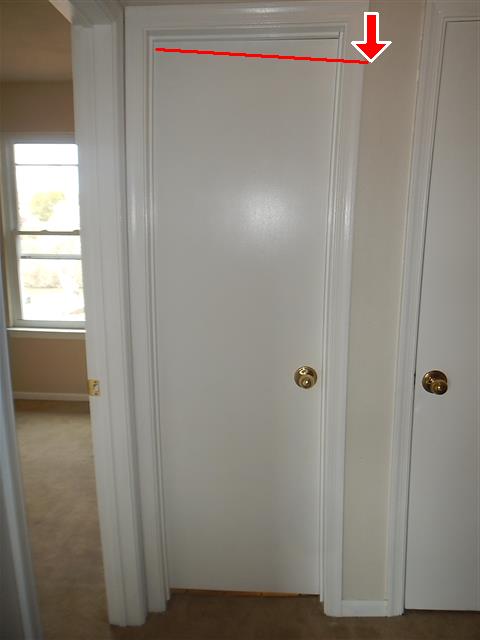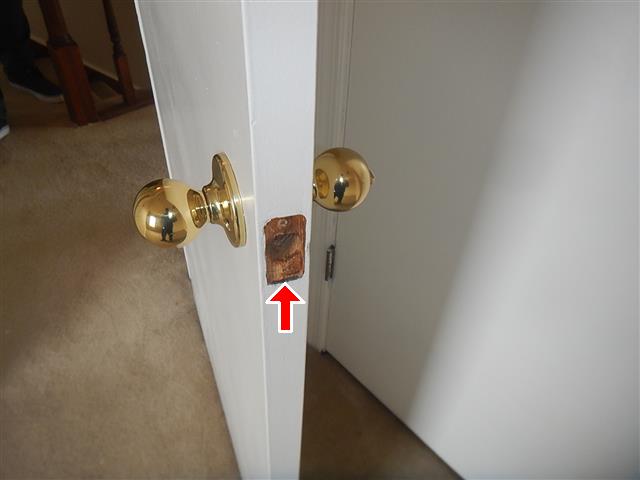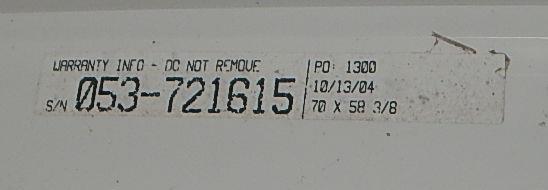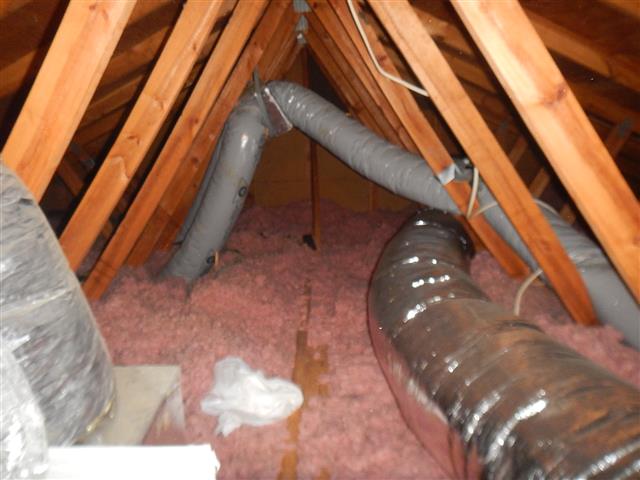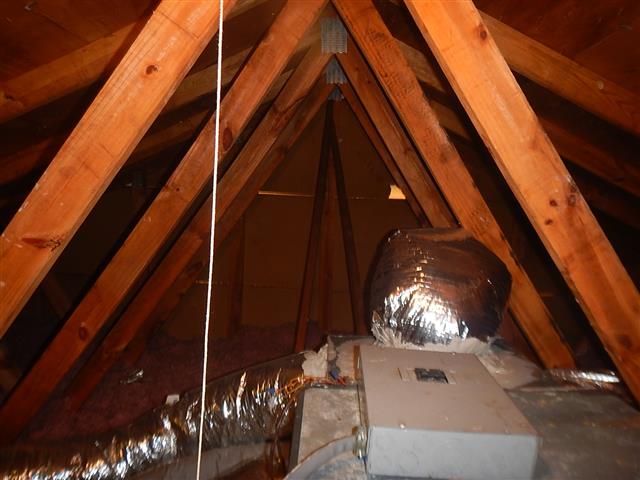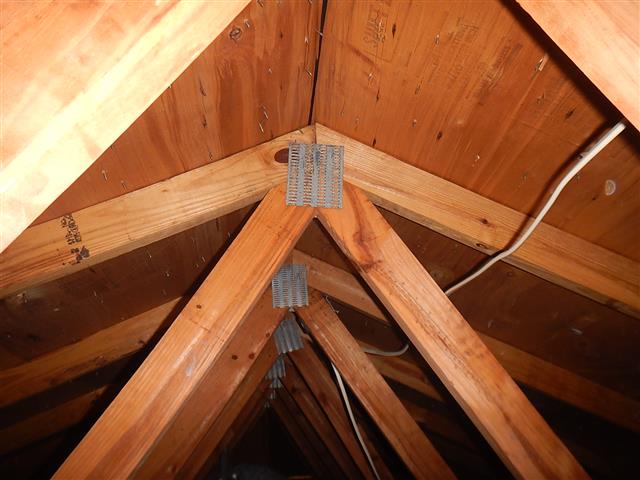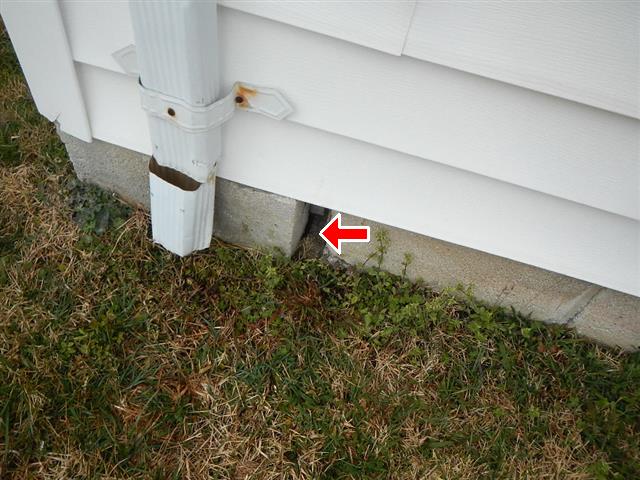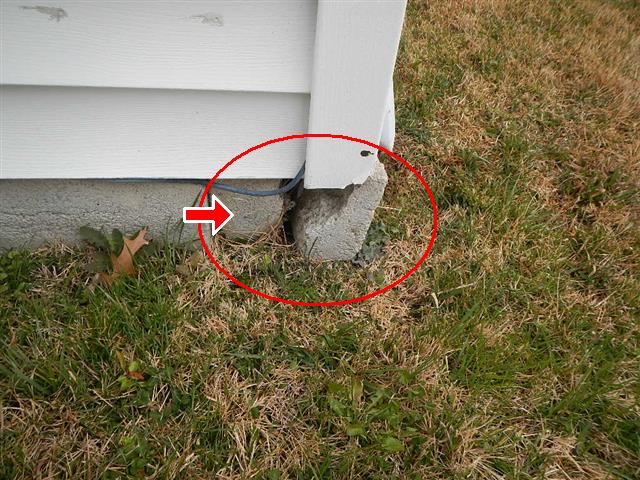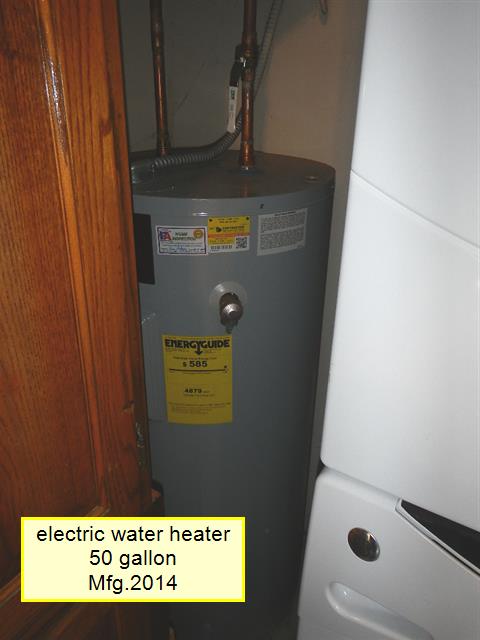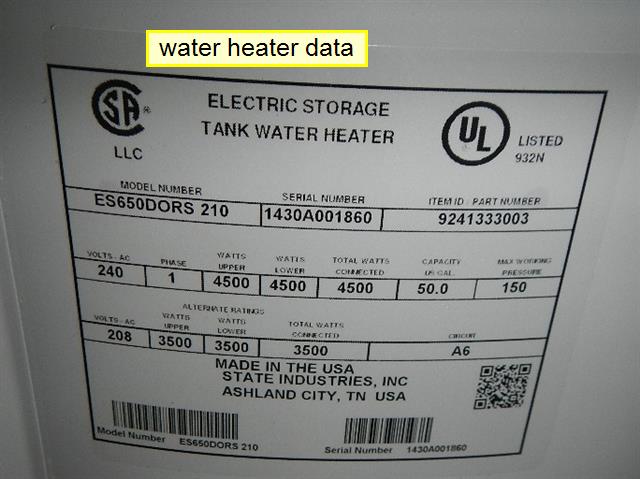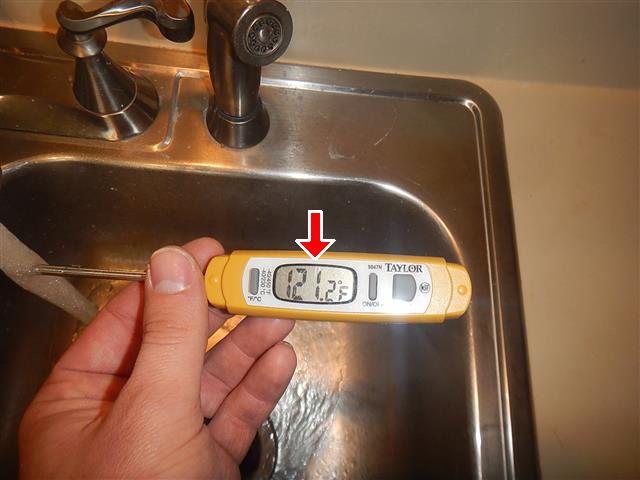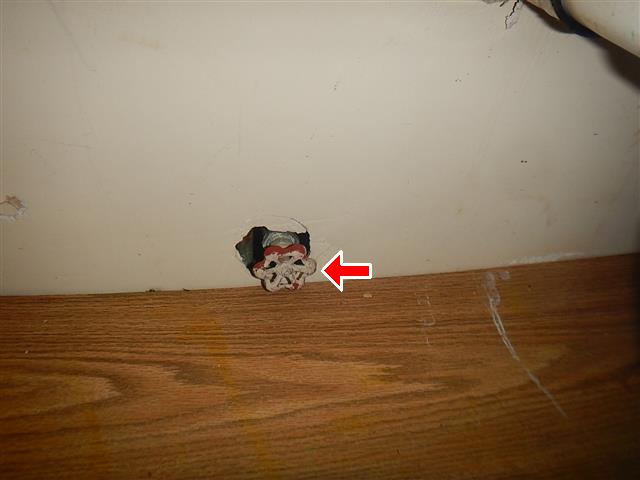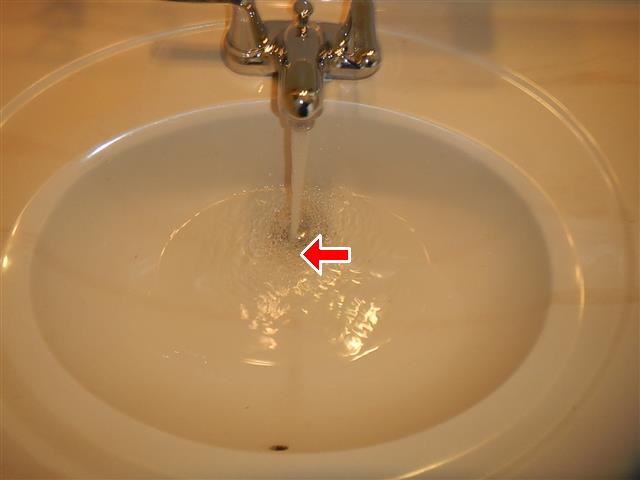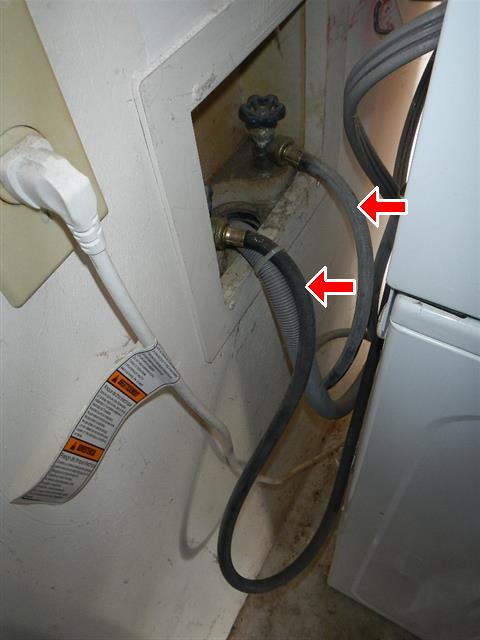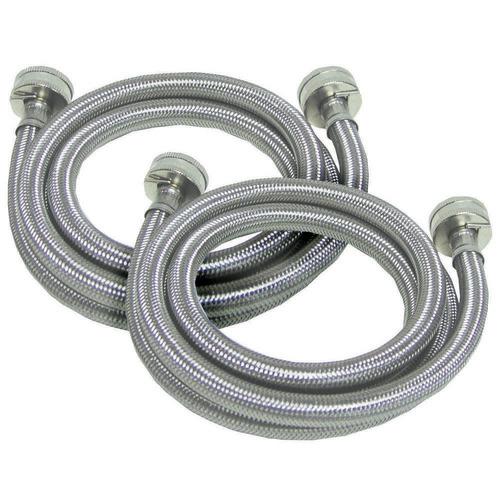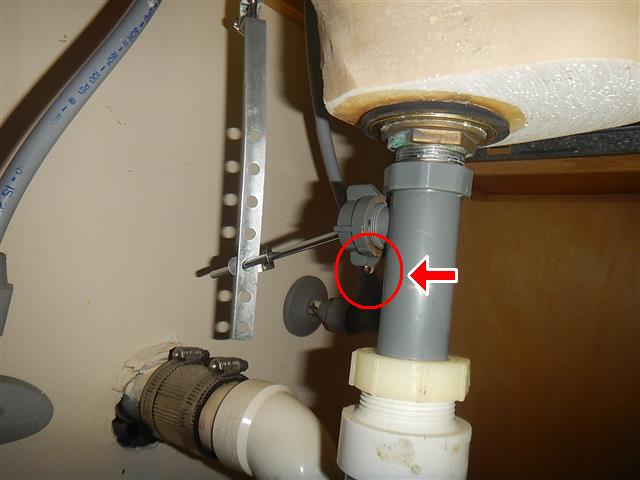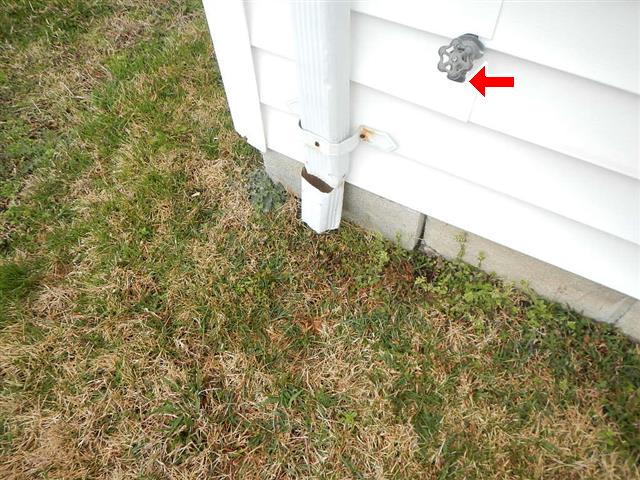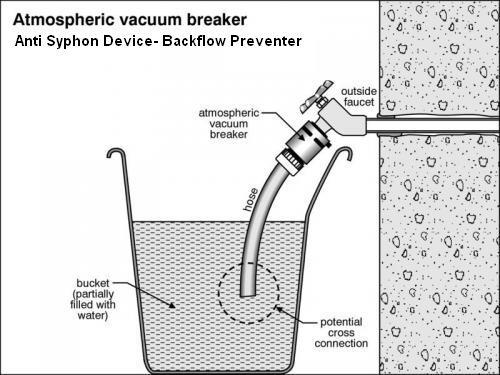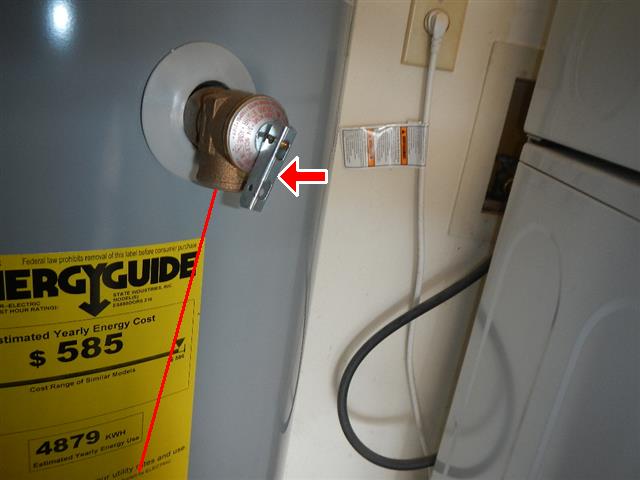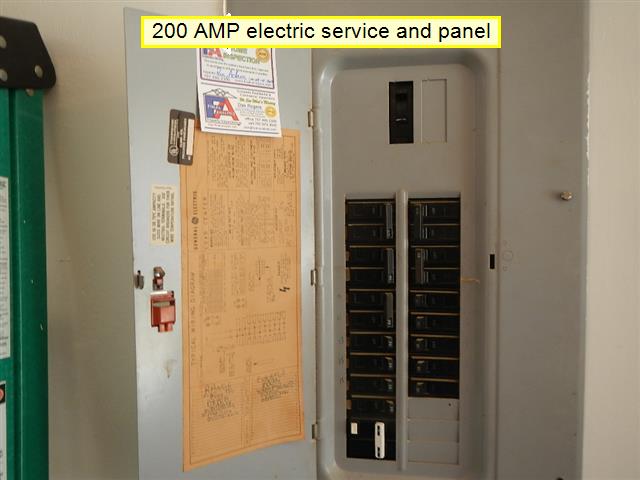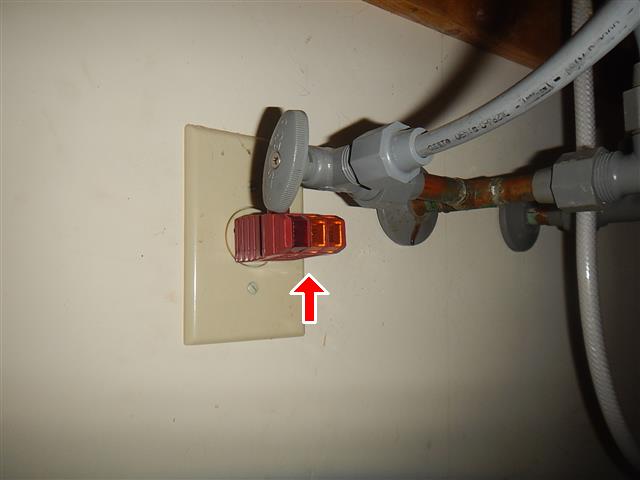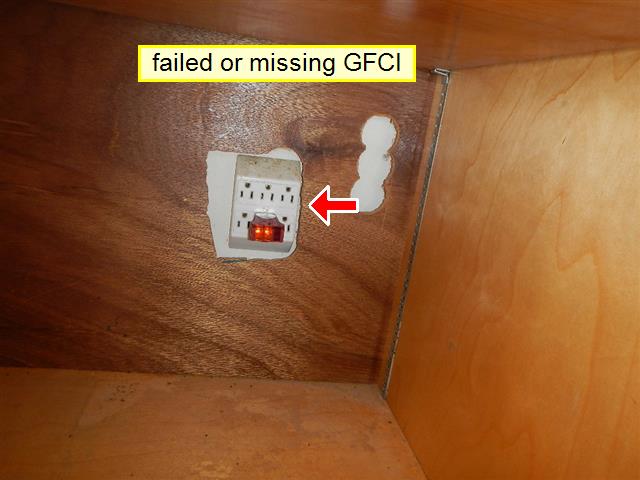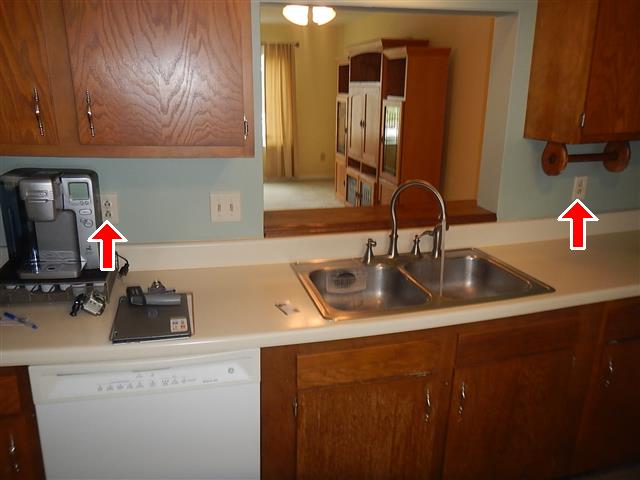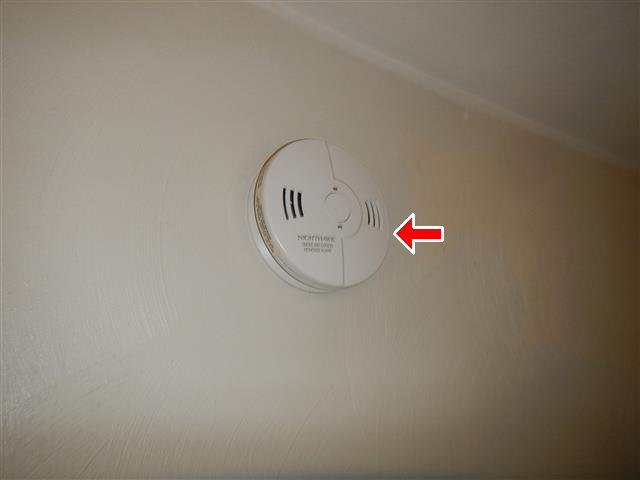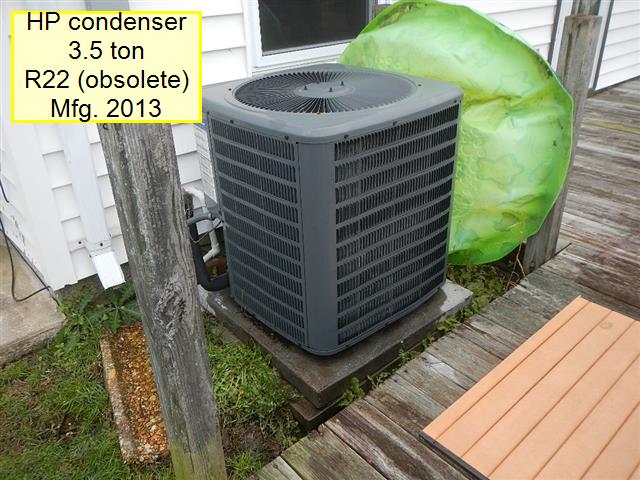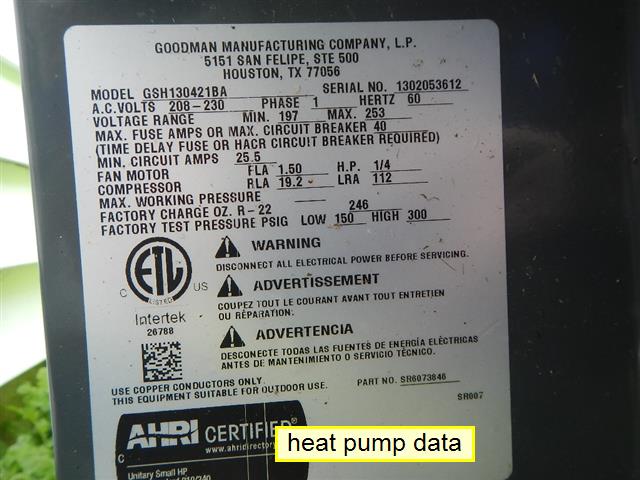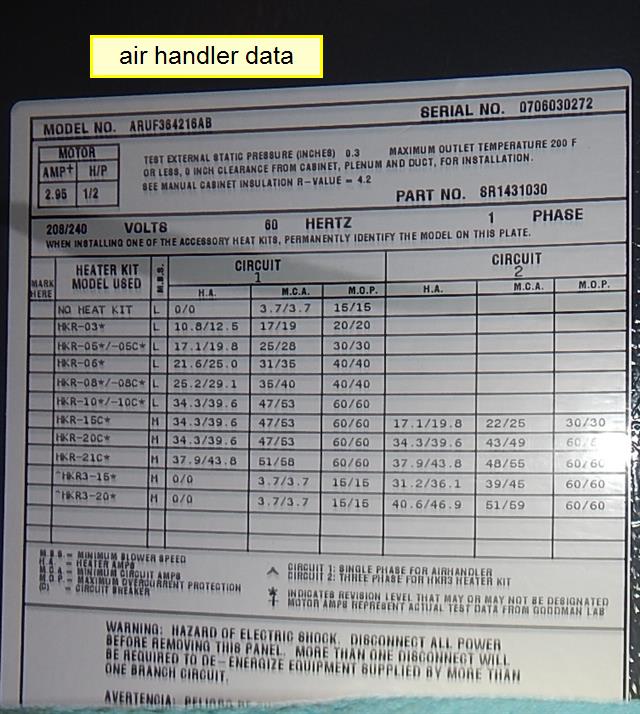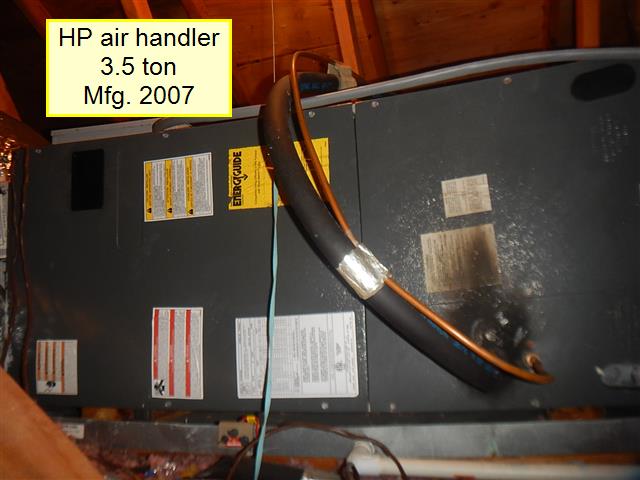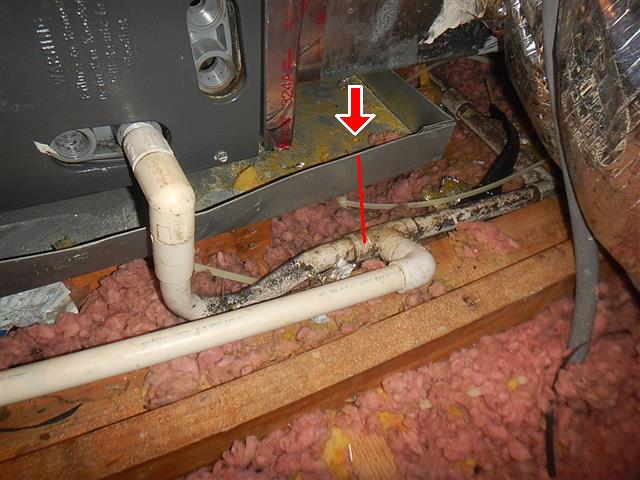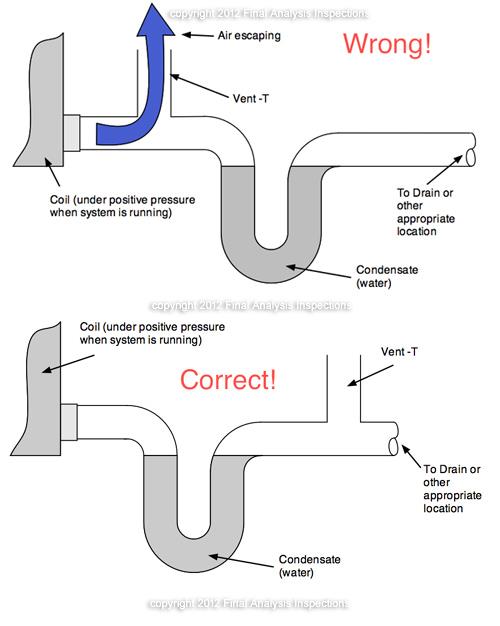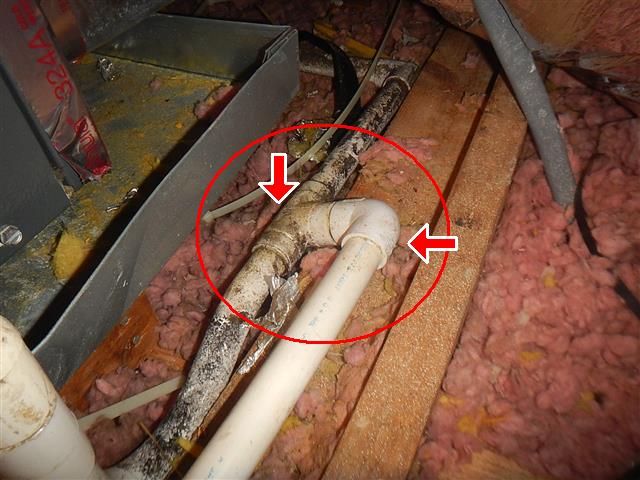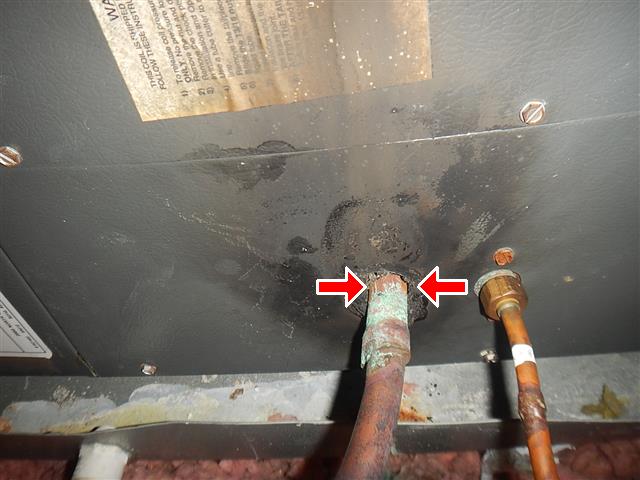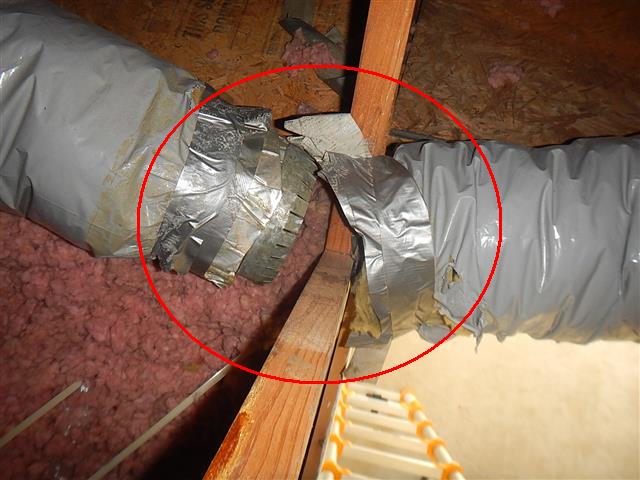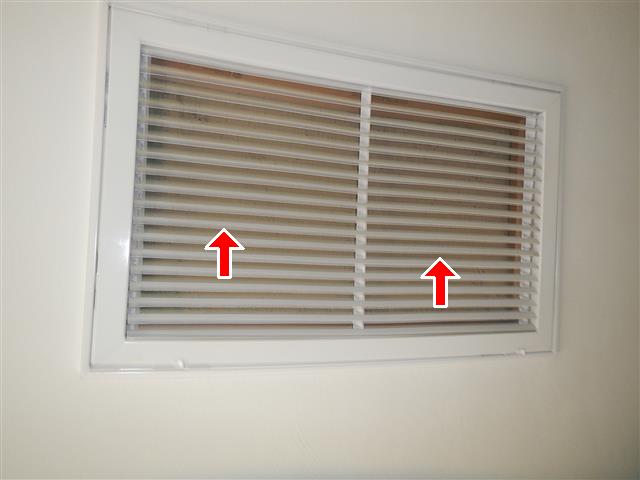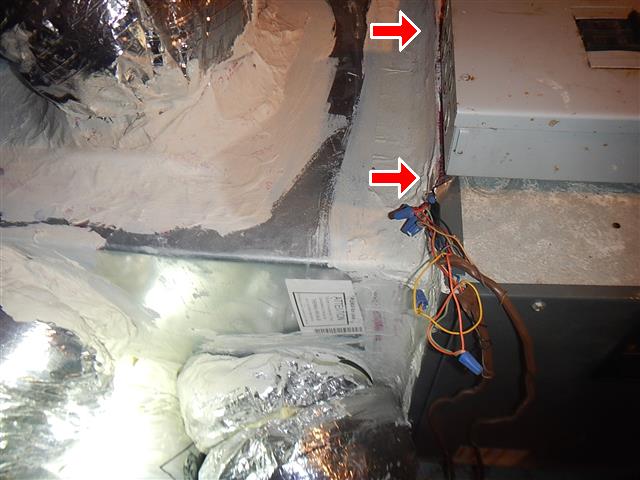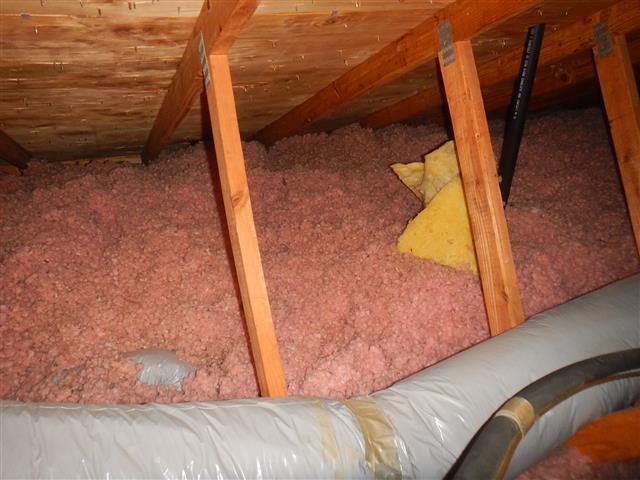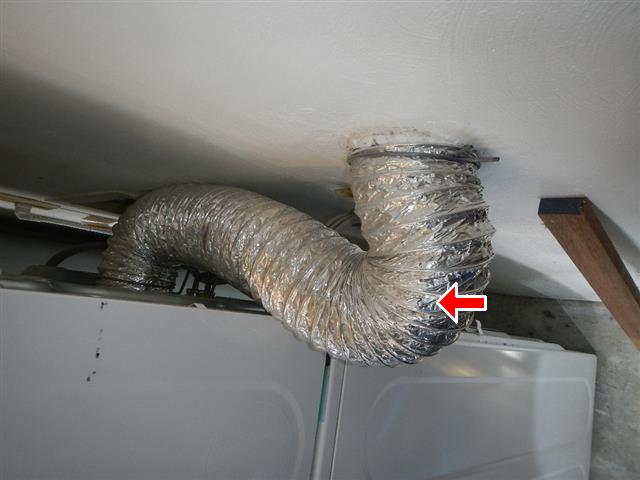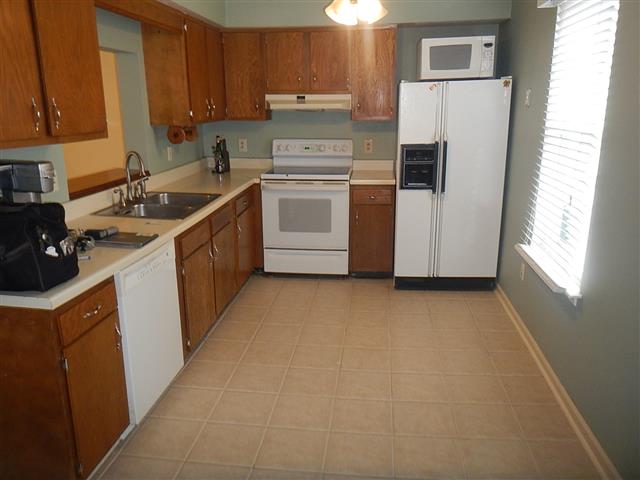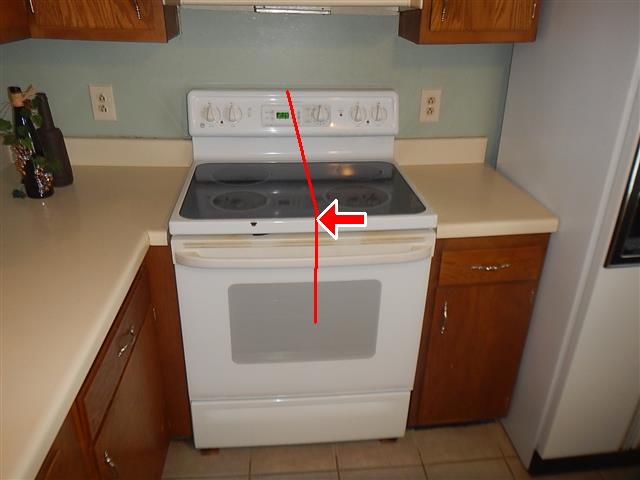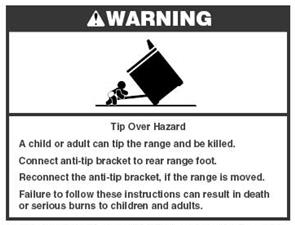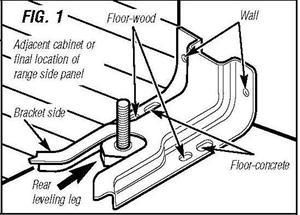Comment Key or Definitions
The following definitions of comment descriptions represent this inspection report. All comments by the
inspector should be considered before purchasing this home. Any recommendations by the inspector to
repair or replace suggests a second opinion or further inspection by a qualified contractor. All costs
associated with further inspection fees and repair or replacement of item, component or unit should be
considered before you purchase the property.
Inspected (IN) = I visually observed the item, component or unit and if no other comments were made
then it is satisfactory and appeared to be functioning as intended allowing for normal wear and tear.
Not Inspected (NI)= I did not inspect this item, component or unit and made no representations of
whether or not it was functioning as intended and will state a reason for not inspecting.
Not Present (NP) = This item, component or unit does not exists in this home or building.
Information & Disclosures (ID) =  Indicated with an ORANGE flag and text. This is
Important information you should know about this house or building including, disclosures, alerts,
advisories and warnings about typical conditions or circumstances for this home. Not necessarily
something abnormal or unusual or in need of action, but none the less critical information that may pose
significant concern for health risk, environmental safety or additional cost. These "orange flag" items will
also be separately listed in the Information and Disclosure summary page of this report.
Indicated with an ORANGE flag and text. This is
Important information you should know about this house or building including, disclosures, alerts,
advisories and warnings about typical conditions or circumstances for this home. Not necessarily
something abnormal or unusual or in need of action, but none the less critical information that may pose
significant concern for health risk, environmental safety or additional cost. These "orange flag" items will
also be separately listed in the Information and Disclosure summary page of this report.
Repair or Replace (RR) =  Indicated with a RED Flag and text. Corrective action
recommended. These items, systems, components or unit is not functioning as intended, defective,
broken or otherwise needs further inspection and evaluation by a qualified contractor. Items,
components or units that should be repaired, replaced or corrected or otherwise represent significant,
unusual, abnormal cost or safety concerns. These "red flag" items will also be separately listed in the
DEFECT summary page of this report.
Indicated with a RED Flag and text. Corrective action
recommended. These items, systems, components or unit is not functioning as intended, defective,
broken or otherwise needs further inspection and evaluation by a qualified contractor. Items,
components or units that should be repaired, replaced or corrected or otherwise represent significant,
unusual, abnormal cost or safety concerns. These "red flag" items will also be separately listed in the
DEFECT summary page of this report.
Inspection standards of practice: This inspection was completed in compliance with the professional
standards of practice set forth by the American Society of Home inspectors (ASHI) and VA Dept. of
Professional Occupation and Regulation (DPOR) for Home Inspectors. These standards and regulations
describe the scope, procedures and limitations of a standard home inspection and are provided for your
review. Additionally the ASHI standards of practice are included in the appropriate header section of
each corresponding system of the report.
Purpose and Objective: This inspection is not technically exhaustive and can not be conclusive of
every detail. The primary objective of this building inspection is to identify and report MATERIAL
DEFECTS.
Material Defects are defined as a specific issue with a system or component of a
residential property that may have a significant, adverse impact on the value of the property, or
that poses an unreasonable risk to people. The fact that a system or component is near, at or
beyond the end of its normal useful life is not, in itself, a material defect. Normal wear and tear,
maintenance typical defects or deficiencies are not defined as material defects. That is not to say that
the home inspector will not report smaller defects such as cracked glass, broken outlets or leaky faucet
washers but this is not the primary objective of an inspection. The home inspection is a first look attempt
at ascertaining the general condition of a property. While it is the purpose of this inspection to discover
and disclose those major items and concerns that may have an adverse impact on the value of this
property and the health and safety of it's occupants, it is not an exhaustive list of defects or
discrepancies and it certainly should not be used as a punch list of repairs. Repair list and cost
estimates should be obtained from contractors. It is important to know that home inspectors are general
practitioners with a limited amount of time and capabilities and are primarily focused on major issues in
the home. Outside of normal testing and observation, Inspectors do not engage in troubleshooting or
diagnostics and can not offer repair advice. Home inspections are limited to visual observations
only and does not include technically exhaustive or invasive analysis. However, this report attempts to
identify and recommend conditions that should have further evaluation by experts prior to closing or
taking ownership.
Typically found on any home and included in any inspection report will be smaller issues,
discrepancies, observations and suggestions. These may not be considered serious or significant
problems but common to find on all homes and is mostly provided as courtesy in an attempt to give you
a more comprehensive understanding of the home. These smaller, typical or common discrepancies
are not intended to be all inclusive.
It is the objective of the inspection and report to provide you the means by which you can progress in
an informed manner thereby protecting yourself as much as possible before taking ownership of a
property. This may mean obtaining further evaluation and repairs by an expert, purchase price
adjustments, escrow of funds for repair, or withdrawing from a buyers purchase agreement altogether.
If you are subject to an inspection contingency removal purchase addendum your conditions and
disposition of removing that contingency should be clearly stated with details of expected outcomes.
Furthermore, it should also be stated that any dispositions agreed to should be subjective to your re-inspection and final acceptance of satisfactory completion prior to closing of escrow.
Repairs - No matter how big or small, All repairs, corrections or replacements should be requested to
be completed by licensed, qualified professionals with copies of their credentials, licensing, labor and
product warranties and receipts of work. It is not recommend that you ask the seller to make the
repairs unless they are qualified in the trades and you feel confident that they'll do a good quality job. It
should be expected and required that all work be accompanied by any required city permits and
inspections. Mostly all work except minor repairs require city permits and inspections. Finally, all
repairs should be subject to your re-inspection, satisfaction and approval a couple days before
closing. If you are submitting a Property Inspection Contingency Removal Addendum with list of
requested repairs (PICRA), you should consider adding the above verbiage to your PICRA because at
that point you will be agreeing to buy the house subject to seller repairs and might need assurance they
are done correctly.
Reinspection - Due to liability restrictions, reinspections are not the policy of Final Analysis home
inspections. All repairs or corrections should be completed by qualified, licensed professional in their
trade and should be accompanied by permits, work orders, receipts and warranties. If you feel a
reinspection is necessary we can provide on a case by case basis and subject to schedule availability.
The property inspection contingency removal addendum (PICRA) should be provided to us when the re-inspection is requested. All re-inspections are subject to a minimum fee of $225 and will be
accompanied by an updated report.
NOTICE OF URGENCY: If you are buying this property, any discrepancies, concerns or issues
revealed in this report should be resolved to your satisfaction before close of escrow and/or
taking possession.
NOTICE - A Termite and moisture inspection was not ordered or completed during this
inspection by Final Analysis Property inspections LLC. These are the specific inspections and
reports required by some financial institutions to underwrite a mortgage. Termite and Moisture
inspections look for and report on the presence of wood damaging organisms. These inspections are
typically performed by home inspections company's or pest control companies. It is strongly
recommended that you have this completed or have the seller provide termite and moisture clearance
documents from a qualified company before taking ownership of the property. Additionally you should
have annual inspections for the presence of wood damaging organisms.
Not for 3rd party use - The inspection and report are performed and prepared only for the sole,
confidential and exclusive use and possession of the named client(s). Final Analysis Property
Inspections accepts no responsibility for use or misrepresentation of this report by third parties who
"rely" on the report information but have not directly retained our inspection services and council and
are not named in the inspection agreement.
Overview: A thorough home inspection was completed at the subject property in accordance with the
American Society Home Inspections (ASHI) standards. The inspection reveals that this dwelling has
normal wear and tear. Its structure and systems are generally sound and maintained. major updates in
the last 10 years are Roof, Windows, Water heater, Heat Pump (2007 aging) All observations made and
items reported here should be carefully reviewed and considered for correction where needed as they
are specific to this home and can have a significant impact on it's condition, safety and value.






